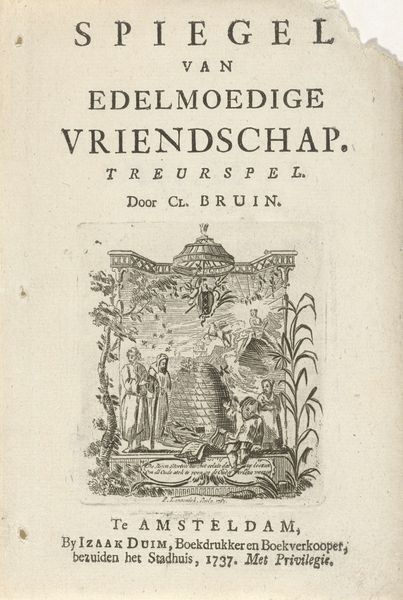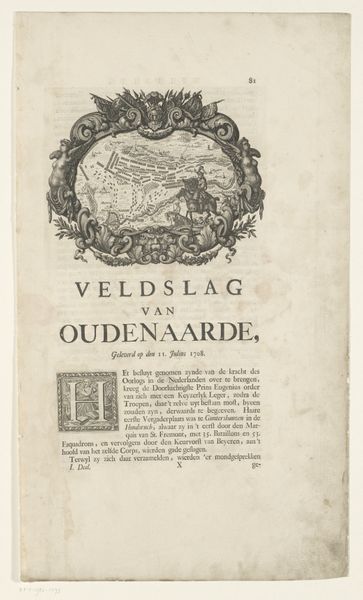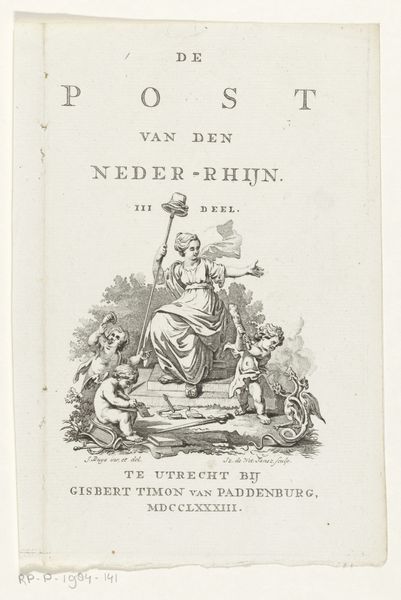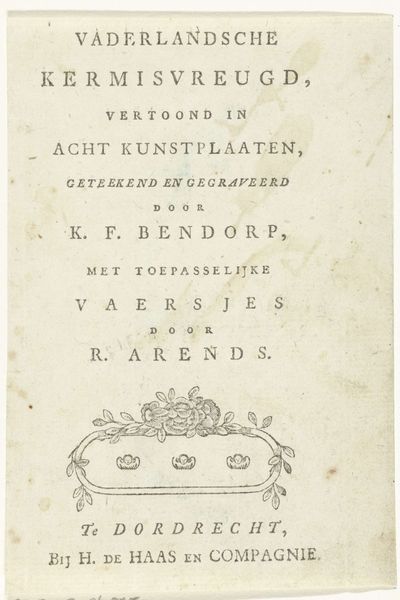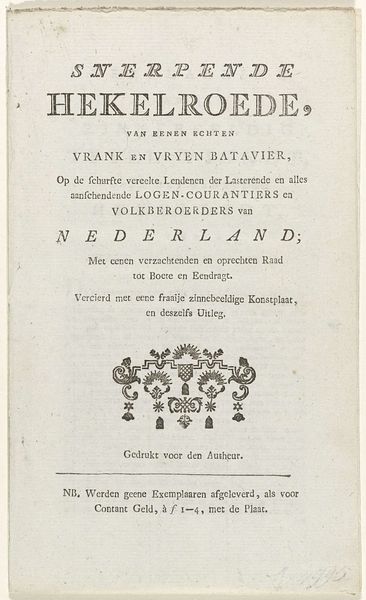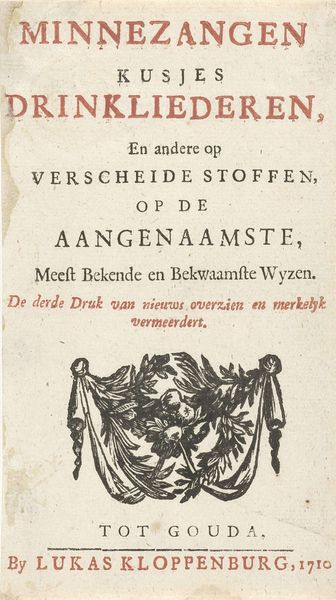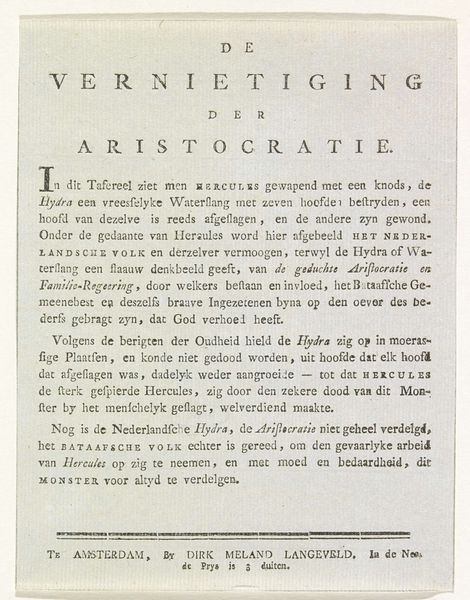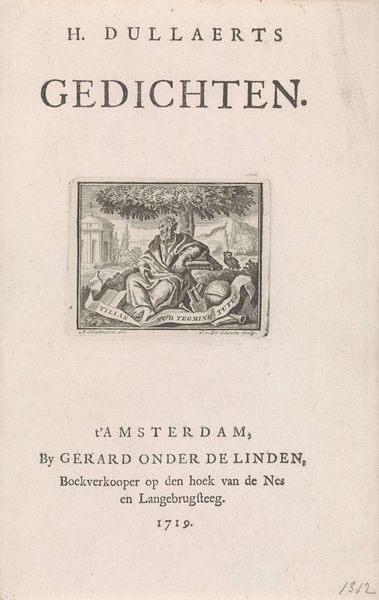
print, engraving
#
portrait
#
neoclacissism
#
allegory
# print
#
old engraving style
#
academic-art
#
engraving
Dimensions: height 164 mm, width 108 mm
Copyright: Rijks Museum: Open Domain
Curator: This piece, currently housed in the Rijksmuseum, is titled "Portret van Magdalena Constantia Verhaast," an engraving crafted by Jan Gerard Waldorp in 1789. It is an exemplar of the Neoclassical style. Editor: It’s quite striking, the linear precision and allegorical presentation create this atmosphere of reverential respect. There's a quiet grace emanating from the portrait, despite its static nature. Curator: Absolutely. As a portrait made using engraving techniques, it’s quite representative of the late 18th-century. Considering its Neoclassical influence, let’s examine what the format itself conveys about power, representation, and even perhaps access, given the socio-political context. Editor: It reminds me that portraits of women were not always created with their agency in mind. How can we contextualize Verhaast's representation? Is she simply an object of admiration, or does the allegorical setting provide agency through idealized form? What was her own position in society that afforded her the honour of having a portrait made and displayed this way? The image bears an inscription as well, and from the OCR it looks like it is “to the most loyal friend”. Curator: It's dedicated to her in recognition of her loyalty. We need to view the act of memorialization as an integral part of solidifying political relationships. And, perhaps her connection or position may also shed light on the engraver’s inclination for the Neoclassical style as the means of communicating an agenda of political ideology. In an age undergoing the shifts brought by revolutions, visual representation carried enormous social weight. Editor: Right, this is not only an artistic creation; the work also acted as a social tool. The portrayal could function as part of constructing identity but also defining a certain kind of politics through the use of style, iconography, or inscription. Considering the work through a modern intersectional lens reminds us of the power dynamics that underpin not only visual representation but the shaping of historical narratives too. Curator: That is precisely the critical task, remembering that art from the past echoes contemporary discussions of personhood, value, and recognition. Editor: Indeed, exploring the complex dialogues generated through art offers indispensable ways to recognize the impact of art beyond purely aesthetics.
Comments
No comments
Be the first to comment and join the conversation on the ultimate creative platform.



